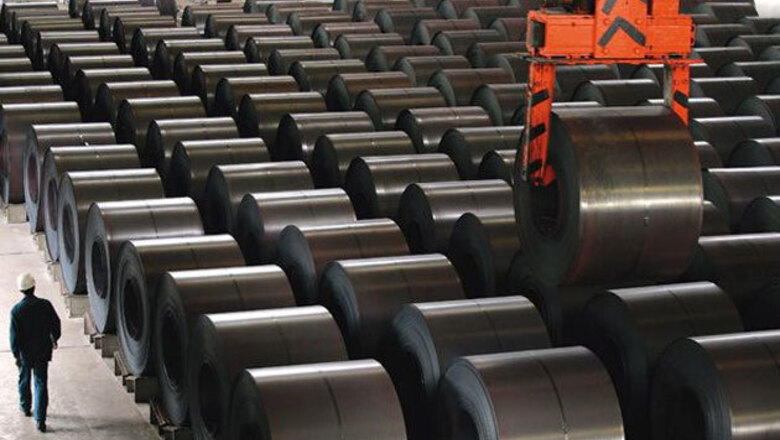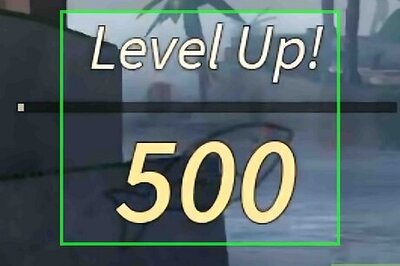
views
Investments of around Rs 12 lakh core would be required in steel sector by 2030 to treble the country's installed capacity to 300 million tonnes per annum (mtpa), Prime Minister Narendra Modi was informed on Friday.
In a presentation to Modi, Steel Secretary G Mohan Kumar also said eastern states such as Jharkhand and Odisha would be the focus areas for raising the capacity. As many as 16 new steel plants could come up in mineral- rich eastern states creating 42 mtpa additional capacity in the coming five years, another 45 mtpa in the next five years and a whopping 73 mtpa new capacity in 10-15 years from now.
Kumar said six new mills could come up in Odisha, five in Jharkhand, four in Chhattisgarh and one in West Bengal with a cumulative investment of 8.92 lakh crore investment. The rest could come up in other parts of the country. Sources said that both the senior as well as junior steel ministers were present during the secretary's presentation to the Prime Minister.
India has around 100 mtpa steel production capacity now, up from 75 mtpa four years ago. The country could have become the third largest steel maker in the world but for slowdown of the economy, low growth in consumption and tepid growth in production. India remained the fourth largest steel maker in the last four years with an output of 81.2 MT in 2013, 77.3 MT 2012, 73.6 MT in 2011 and 69 MT in 2010.
China, Japan and the US are ahead of India in steel production. Sensing that funding could be a problem for the expansion of the sector, Kumar also sought infrastructure status for steel and pitched for indigenisation of design, manufacturing and erection of plants. He also listed out the concerns arising out of the recent developments that are impeding growth such as decline in iron ore production, low priority in coal and gas allocation, delay in statutory clearances and infrastructure bottlenecks.
Describing steel as an "engine of growth", he said the sector intrinsically needs long-term perspective such as development of the eastern region, infrastructure development, decentralisation, single-window clearance and skill development.


















Comments
0 comment